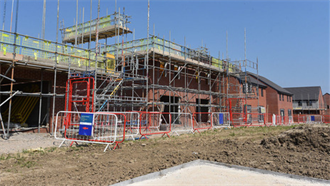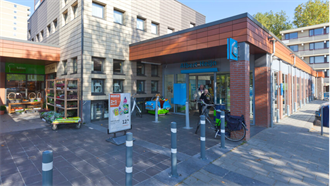Europe’s flexible office space is to grow by up to 30% per year over next five years, according to research published by JLL on Wednesday.
Europe’s flexible office space to grow by up to 30% per year
- In Research
- 02:00, 07 november 2018
Premium subscriber content – please log in to read more or take a free trial.
Events
Latest news
Best read stories
-

Investis expands Swiss resi portfolio with €149m acquisition
- 20-dec-2024
Swiss real estate group Investis has boosted its real estate holdings with the CHF 139 mln (€149 mln) purchase of prime residential properties in Vaud canton.
-

-
- 23-dec-2024
Indurent gets green light for Staffordshire shed

-
- 23-dec-2024
NBIM snaps up 80% stake in Trinity office tower

-





























